Home>Maintenance & Safety>Pest Control Solutions>What Attracts Yellow Jackets
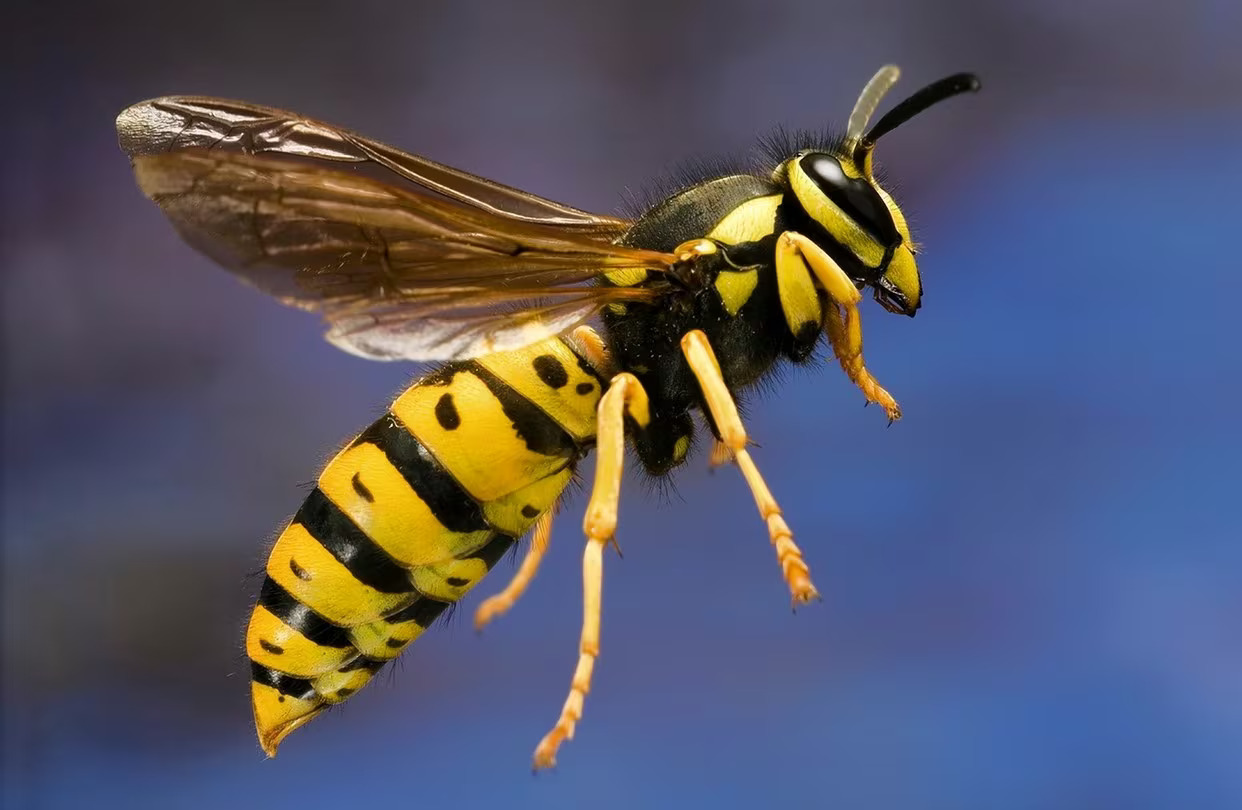

Pest Control Solutions
What Attracts Yellow Jackets
Modified: March 2, 2024
Learn effective pest control solutions to keep yellow jackets away from your property. Discover how to prevent and manage yellow jacket infestations with expert tips and advice.
(Many of the links in this article redirect to a specific reviewed product. Your purchase of these products through affiliate links helps to generate commission for Storables.com, at no extra cost. Learn more)
Introduction
Yellow jackets are a common sight during the warmer months, buzzing around picnics, garbage cans, and outdoor gatherings. These aggressive insects can quickly turn a pleasant outdoor experience into a painful encounter. Understanding what attracts yellow jackets is crucial for effective pest control and prevention.
Yellow jackets, scientifically known as Vespula spp. and Dolichovespula spp., are a type of predatory wasp that are often mistaken for bees due to their similar appearance. Unlike bees, yellow jackets are known for their distinctive yellow and black markings, slender bodies, and characteristic buzzing sound. These insects are social creatures, living in colonies with a queen, workers, and drones, and are highly protective of their nests.
To effectively manage and prevent yellow jacket infestations, it is essential to comprehend their nesting behavior, food sources, and the factors that attract them. By gaining insight into these aspects, individuals can take proactive measures to minimize the risk of encountering these stinging insects and ensure a safer outdoor environment for themselves and their families.
Understanding the intricate details of yellow jackets' behavior and preferences can empower individuals to make informed decisions when it comes to pest control. By delving into the nesting behavior, food sources, and attraction factors of yellow jackets, we can develop a comprehensive strategy to mitigate the risks associated with these insects and create a more harmonious coexistence with the natural world.
Key Takeaways:
- Yellow jackets are attracted to protein-rich foods in spring and sugary substances in summer, so keeping outdoor areas clean and minimizing food waste can help reduce their presence.
- Understanding yellow jackets’ nesting behavior and scent communication can empower individuals to take proactive measures, creating a safer outdoor environment for themselves and their families.
Read more: What Colors Are Yellow Jackets Attracted To
Yellow Jackets' Nesting Behavior
Yellow jackets are known for their intricate nesting behavior, which plays a significant role in their overall lifecycle and interaction with their surroundings. Understanding their nesting habits is crucial for effectively managing and preventing encounters with these stinging insects.
Yellow jackets typically construct their nests in sheltered locations, such as underground burrows, wall voids, hollow trees, and even human-made structures like attics and wall cavities. The nests are constructed from a paper-like material, which the yellow jackets create by chewing wood fibers and mixing them with saliva. This unique construction material provides insulation and protection for the developing brood and the adult members of the colony.
The life cycle of a yellow jacket colony begins in the spring when the overwintered queen emerges from her hibernation site to establish a new nest. She initiates the construction process by laying a small number of eggs and caring for the emerging larvae. As the first generation of workers matures, they assume the responsibility of expanding the nest and caring for subsequent broods, allowing the queen to focus on egg-laying.
The size of a yellow jacket colony can vary significantly, with some reaching several thousand individuals by late summer. As the colony grows, the nest expands to accommodate the increasing population. This expansion often leads to the discovery of yellow jacket nests in unexpected places, posing a potential threat to unsuspecting individuals who may inadvertently disturb them.
The protective nature of yellow jackets is particularly pronounced near their nests. They vigorously defend their territory and can exhibit aggressive behavior when they perceive a threat. This defensive behavior makes it essential for individuals to exercise caution when in proximity to potential nesting sites, especially during the warmer months when yellow jacket activity peaks.
In summary, yellow jackets' nesting behavior is characterized by their preference for sheltered locations, the construction of paper-like nests, and the aggressive defense of their territory. By understanding these nesting habits, individuals can take proactive measures to identify and address potential nesting sites, minimizing the risk of unwanted encounters with these stinging insects.
Food Sources for Yellow Jackets
Yellow jackets are opportunistic feeders, with their dietary preferences shifting throughout the year based on the availability of food sources. Understanding the diverse array of food sources that attract yellow jackets is crucial for implementing effective pest control measures and minimizing the risk of encounters with these stinging insects.
During the early stages of the colony's development in the spring, yellow jackets primarily rely on protein-rich foods to nourish the growing brood. They actively seek out sources of protein, such as other insects, spiders, and even carrion. This predatory behavior serves to sustain the developing larvae and support the expansion of the colony.
As the summer progresses, the dietary focus of yellow jackets shifts towards carbohydrates. They exhibit a strong attraction to sugary substances, including nectar from flowers, ripe fruits, and sugary human foods. This shift in dietary preference is driven by the colony's need for energy to sustain the growing population of workers and support the queen's egg-laying activities.
In addition to natural food sources, yellow jackets are drawn to human activities and food waste. They are frequently encountered near outdoor dining areas, garbage cans, and compost piles, where they scavenge for discarded food items. The presence of sweet beverages, ripe fruits, and sugary desserts can significantly increase the likelihood of attracting yellow jackets to these areas.
The foraging behavior of yellow jackets is characterized by their persistence and agility in locating food sources. They are capable of detecting odors from considerable distances, allowing them to zero in on potential food items with remarkable precision. This keen sense of smell, combined with their ability to communicate the location of food sources to other colony members, contributes to their efficient exploitation of available food resources.
In summary, the food sources that attract yellow jackets encompass a wide range of natural and human-related items, including protein-rich prey, sugary substances, and human food waste. By recognizing these food preferences, individuals can take proactive measures to minimize the attractiveness of their surroundings to yellow jackets, reducing the likelihood of unwelcome encounters with these persistent and opportunistic insects.
To avoid attracting yellow jackets, keep food and drinks covered when outdoors, and clean up spills promptly. Also, avoid wearing strong scents and bright colors, as these can attract them.
Factors That Attract Yellow Jackets
Yellow jackets are drawn to various factors that influence their foraging behavior and nesting preferences. Understanding these factors is essential for implementing effective pest control strategies and minimizing the risk of encountering these stinging insects. Several key elements contribute to the attraction of yellow jackets:
-
Food Availability: The primary factor that attracts yellow jackets is the availability of food. As opportunistic feeders, they are drawn to protein-rich sources, such as insects, spiders, and carrion, during the early stages of colony development. As the summer progresses, their focus shifts to carbohydrates, including sugary substances like nectar, ripe fruits, and human food waste. The presence of accessible food sources in outdoor dining areas, near garbage cans, and around compost piles significantly increases the likelihood of attracting yellow jackets.
-
Sugary Scents: Yellow jackets are highly sensitive to sugary scents, which play a pivotal role in their foraging behavior. They are adept at detecting the aroma of ripe fruits, sweet beverages, and sugary desserts, often leading them to outdoor gatherings and picnic areas. The alluring scent of these items acts as a powerful attractant for yellow jackets, prompting them to investigate and potentially become a nuisance to individuals enjoying outdoor activities.
-
Nesting Site Accessibility: The availability of suitable nesting sites can also attract yellow jackets to specific areas. They favor sheltered locations, such as underground burrows, wall voids, and hollow trees, for constructing their nests. Human-made structures, including attics, wall cavities, and sheds, can also serve as attractive nesting sites. The proximity of potential nesting locations to human-inhabited spaces increases the likelihood of encountering yellow jackets, especially when their colonies expand during the warmer months.
-
Human Activities: Yellow jackets are often drawn to areas where human activities generate food waste or offer access to sugary substances. Outdoor dining areas, picnics, and barbecues create opportunities for yellow jackets to scavenge for discarded food items. Additionally, the disposal of food waste in open garbage cans and compost piles provides ample feeding opportunities for these opportunistic insects.
-
Scent Communication: Yellow jackets utilize scent communication to alert other colony members to the presence of food sources. When a forager discovers a food item, it releases chemical signals that attract other yellow jackets to the location. This efficient communication system enables them to exploit food resources effectively and can lead to a rapid increase in yellow jacket activity in specific areas.
Understanding these factors that attract yellow jackets is crucial for implementing proactive measures to minimize their presence and mitigate the risk of unwanted encounters. By addressing the availability of food sources, minimizing sugary scents, and taking steps to deter nesting activities near human-inhabited spaces, individuals can significantly reduce the attractiveness of their surroundings to yellow jackets, creating a safer and more enjoyable outdoor environment.
Conclusion
In conclusion, understanding what attracts yellow jackets is essential for effective pest control and minimizing the risk of encountering these stinging insects. By delving into the nesting behavior, food sources, and attraction factors of yellow jackets, individuals can gain valuable insights into mitigating the potential challenges associated with these opportunistic and aggressive insects.
Yellow jackets' nesting behavior, characterized by their preference for sheltered locations and the construction of paper-like nests, underscores the importance of identifying and addressing potential nesting sites. By recognizing their nesting habits, individuals can take proactive measures to minimize the risk of unwanted encounters and ensure a safer outdoor environment for themselves and their families.
The diverse array of food sources that attract yellow jackets, including protein-rich prey, sugary substances, and human food waste, highlights the need to address the availability of these items in outdoor settings. By minimizing the attractiveness of outdoor dining areas, garbage cans, and compost piles to yellow jackets, individuals can significantly reduce the likelihood of unwelcome encounters with these persistent and opportunistic insects.
Furthermore, the factors that attract yellow jackets, such as food availability, sugary scents, nesting site accessibility, human activities, and scent communication, provide valuable insights into the dynamics of yellow jacket behavior. By understanding these factors, individuals can implement proactive measures to minimize the attractiveness of their surroundings to yellow jackets, creating a safer and more harmonious outdoor environment.
In essence, by gaining a comprehensive understanding of what attracts yellow jackets, individuals can take proactive steps to mitigate the risks associated with these stinging insects. Through effective pest control strategies, environmental modifications, and heightened awareness, it is possible to minimize the likelihood of unwanted encounters with yellow jackets and foster a more enjoyable outdoor experience for all.
Frequently Asked Questions about What Attracts Yellow Jackets
Was this page helpful?
At Storables.com, we guarantee accurate and reliable information. Our content, validated by Expert Board Contributors, is crafted following stringent Editorial Policies. We're committed to providing you with well-researched, expert-backed insights for all your informational needs.
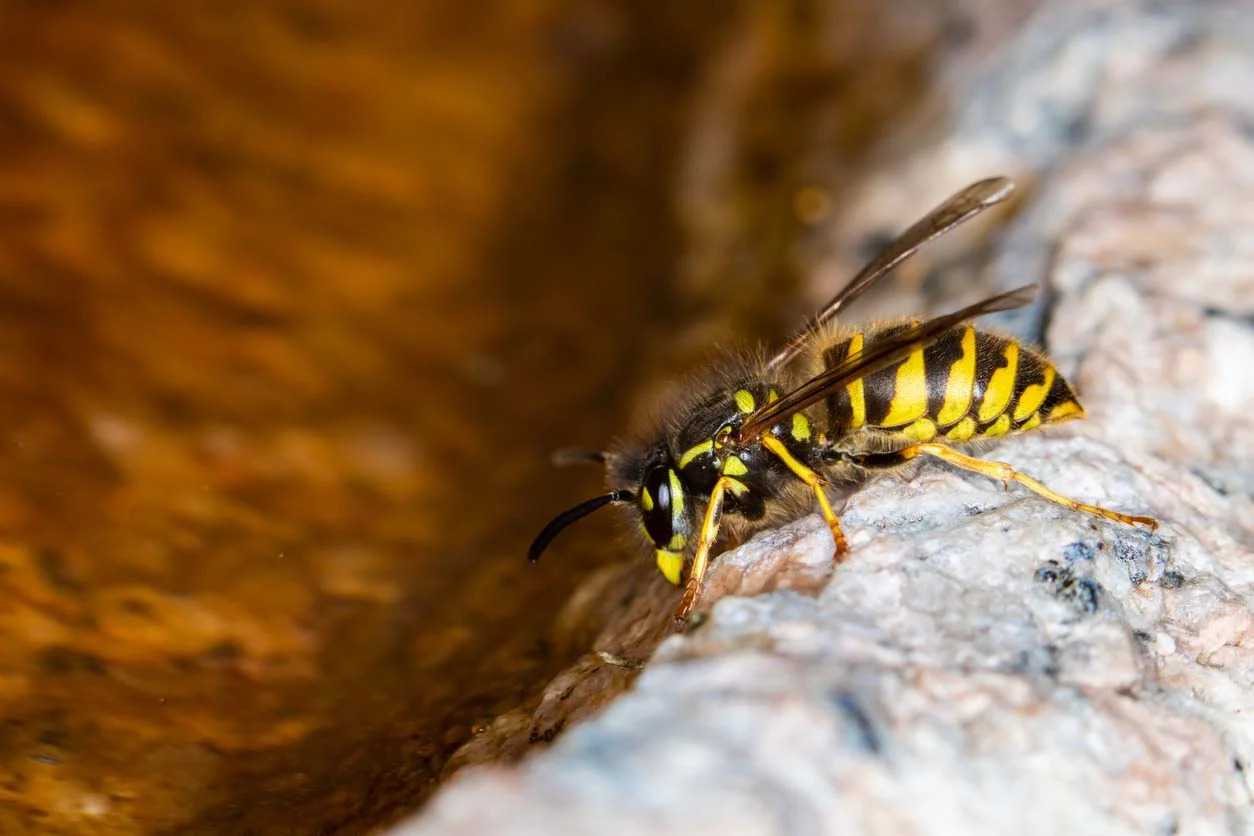
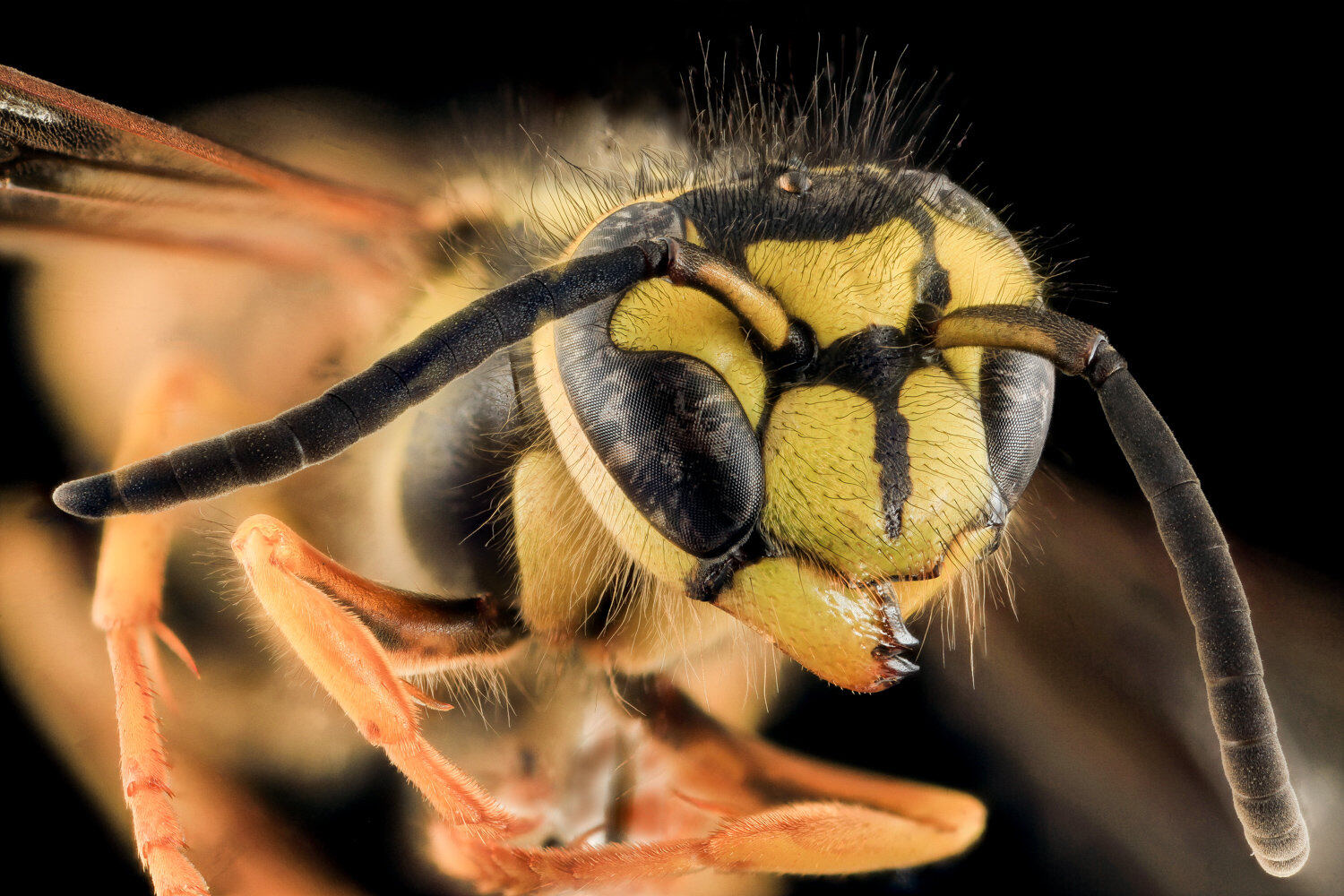
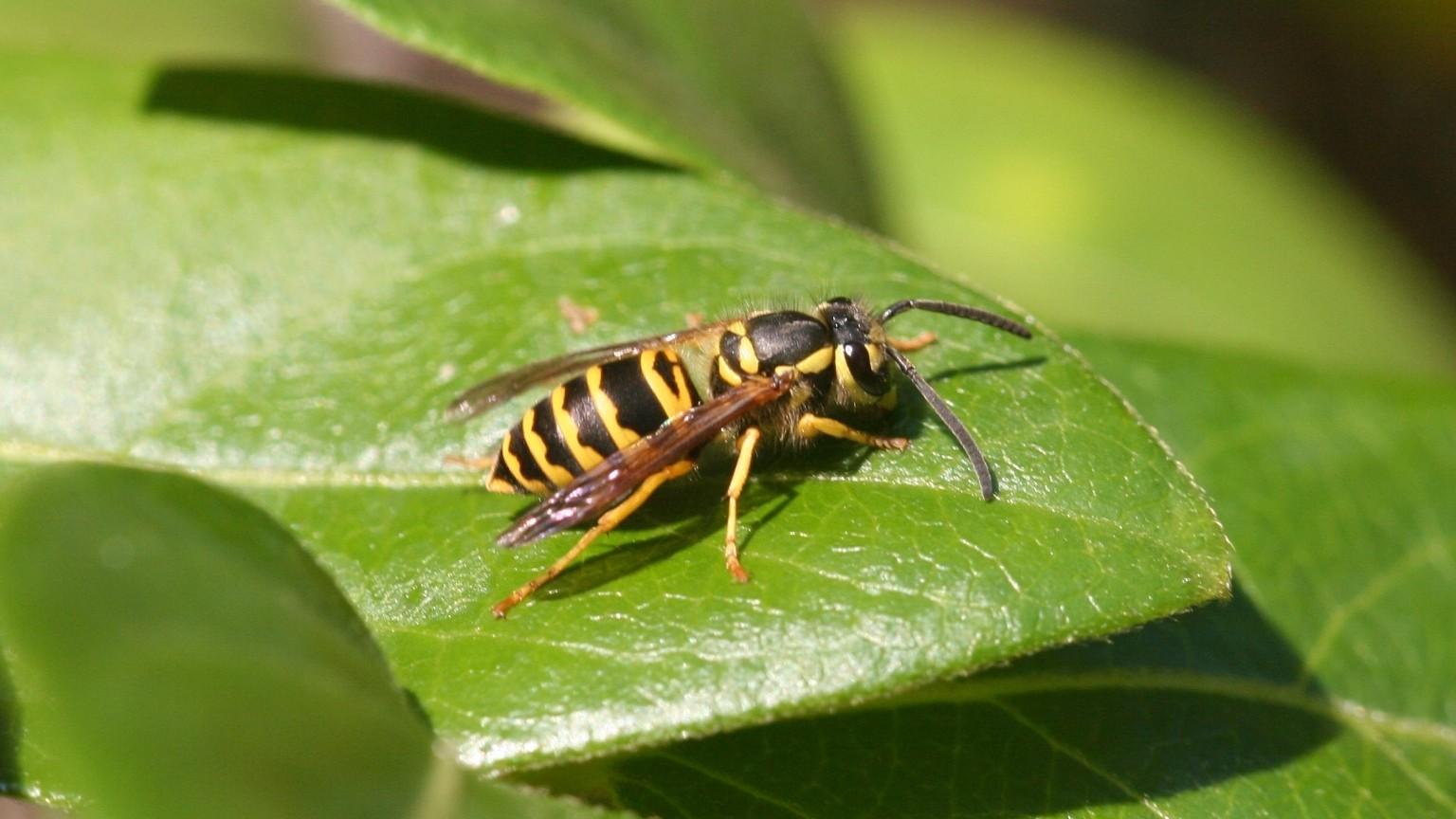
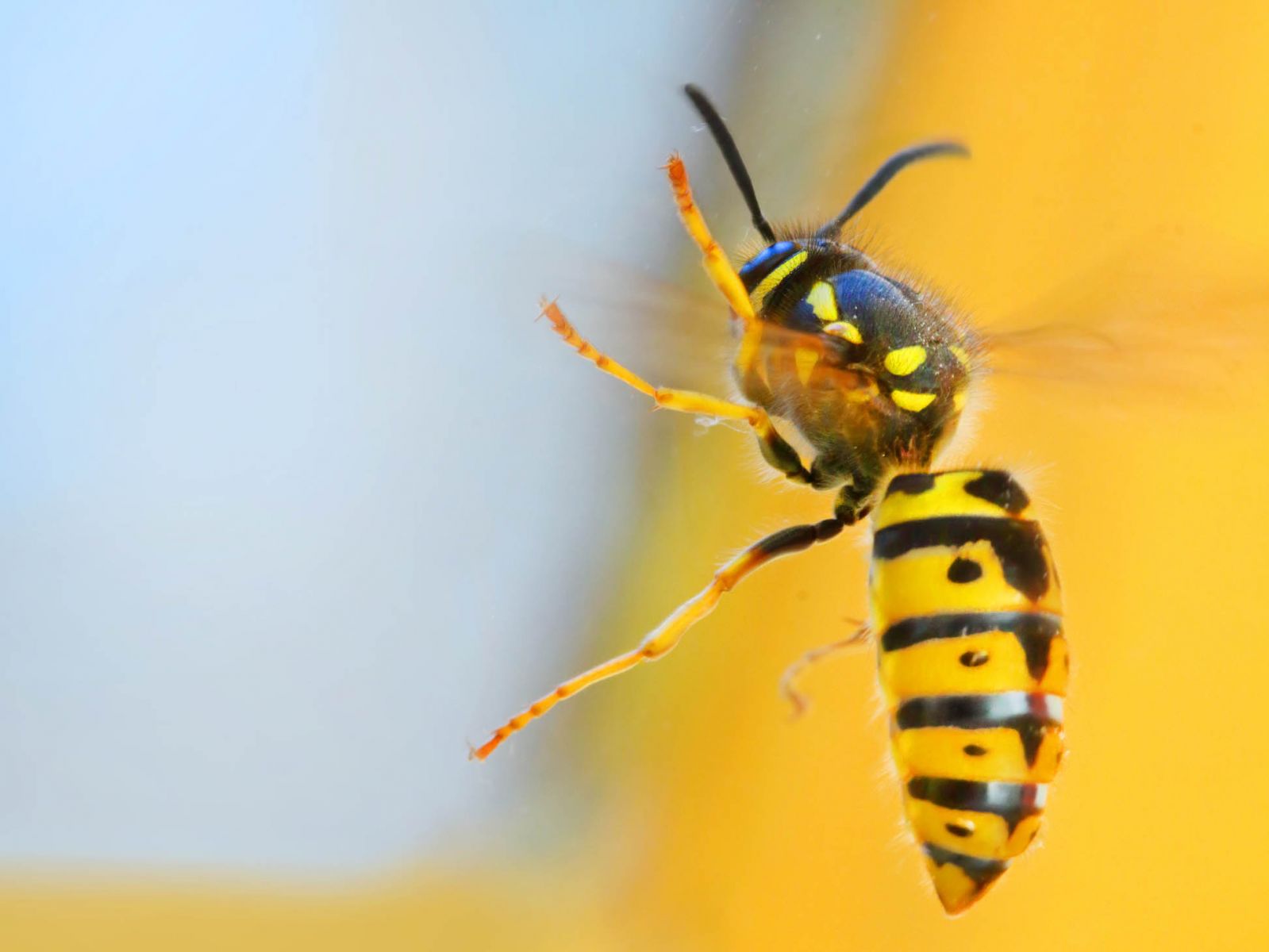
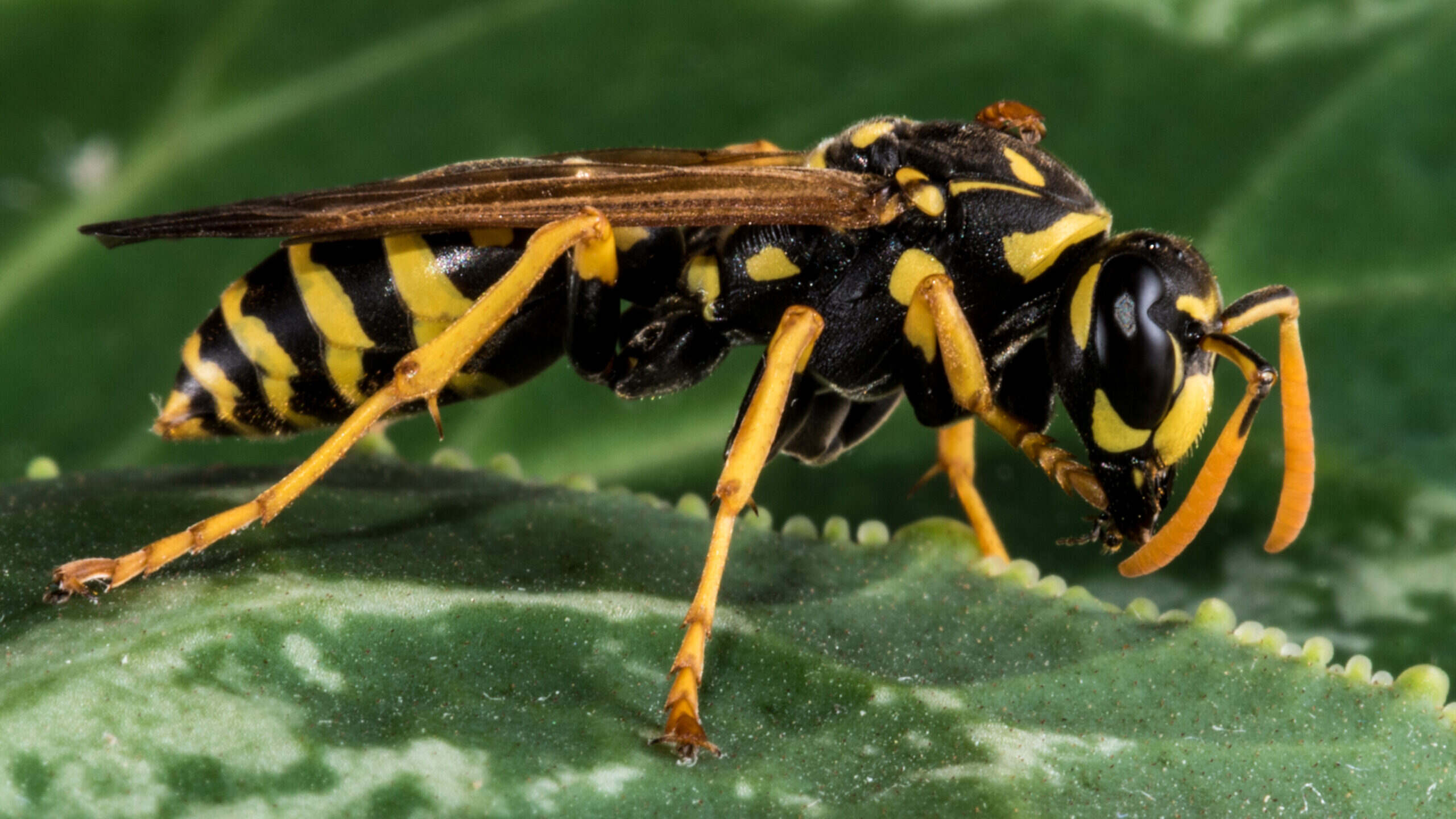
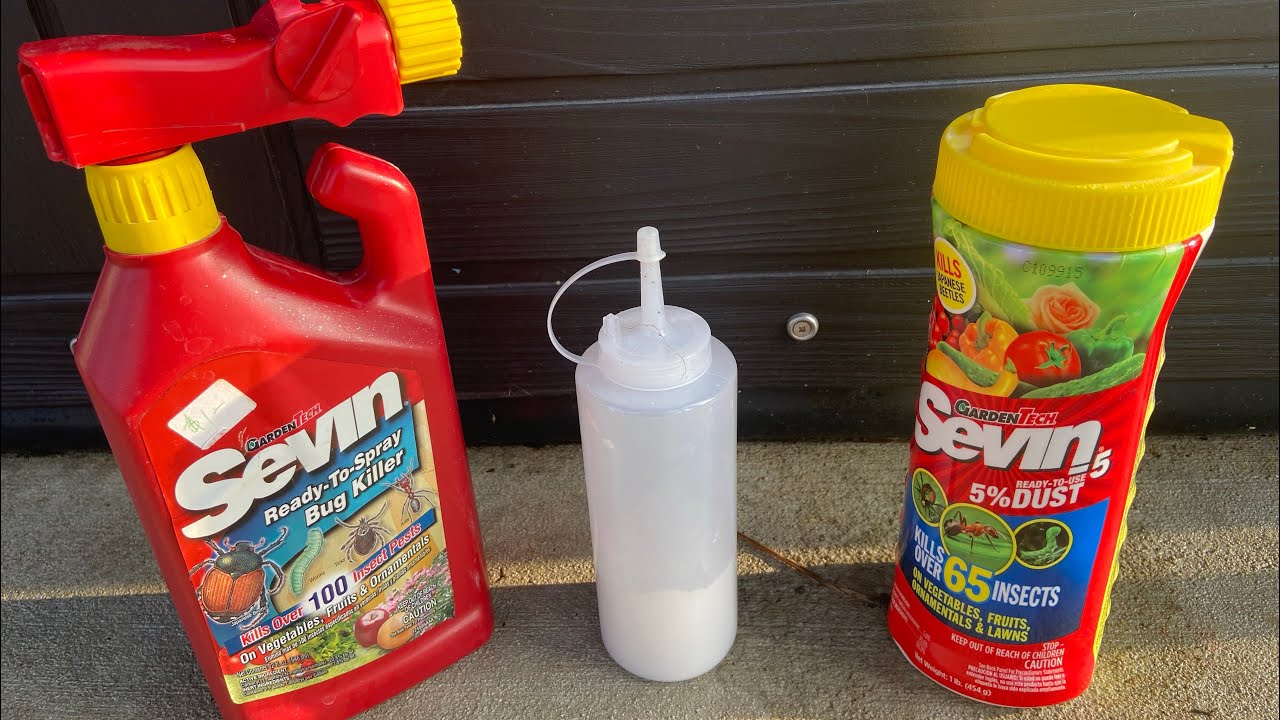
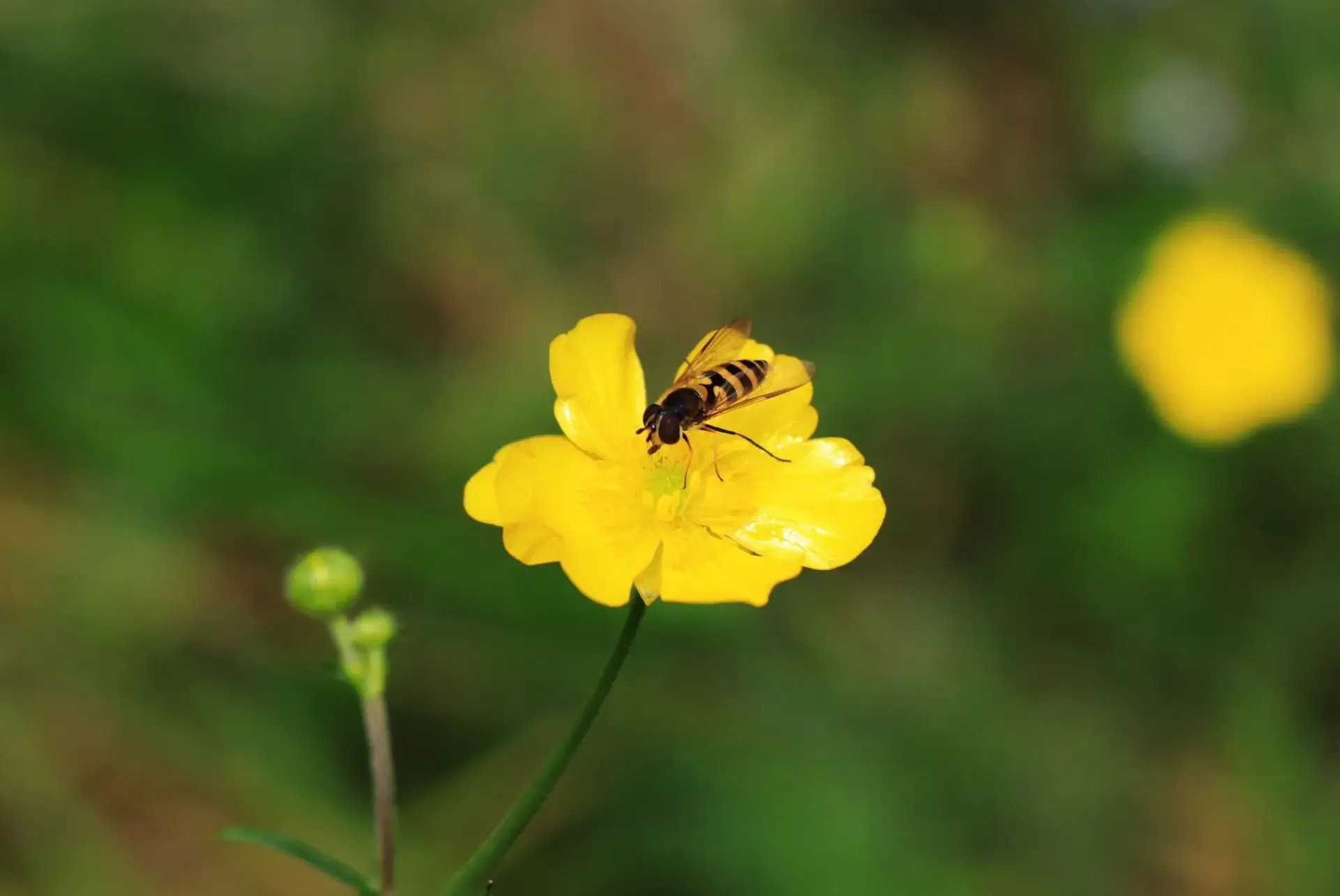
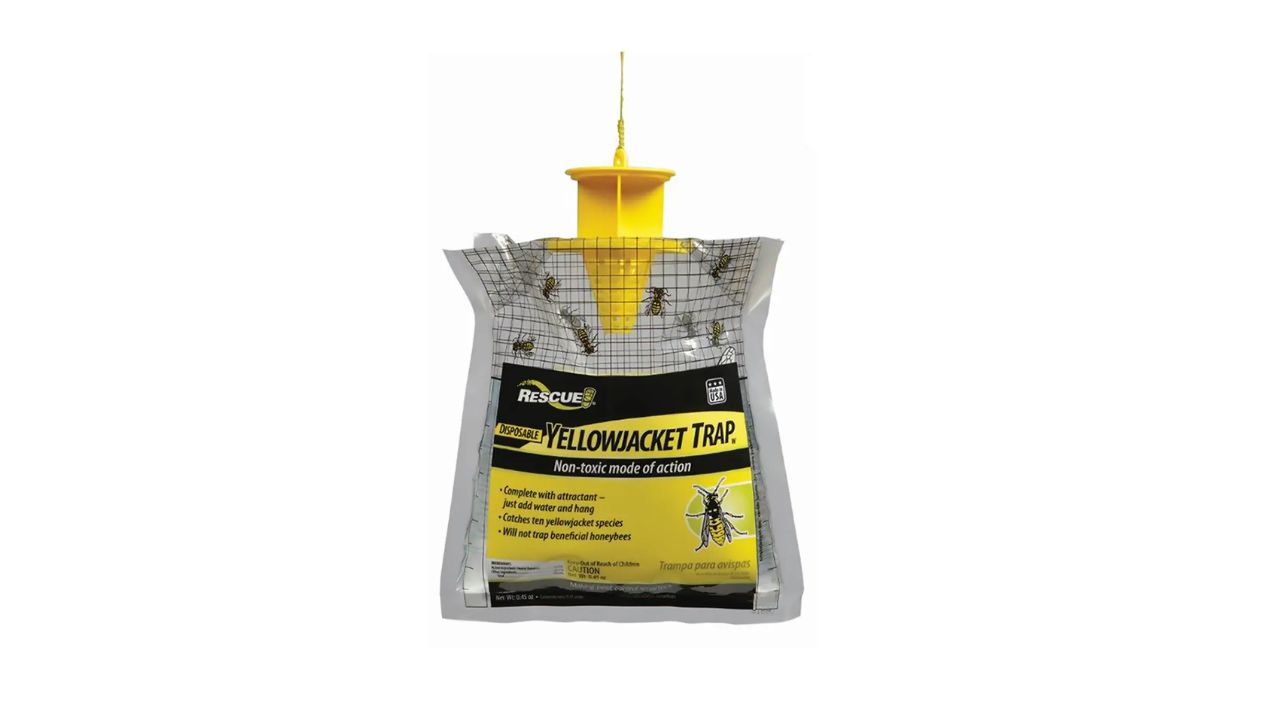
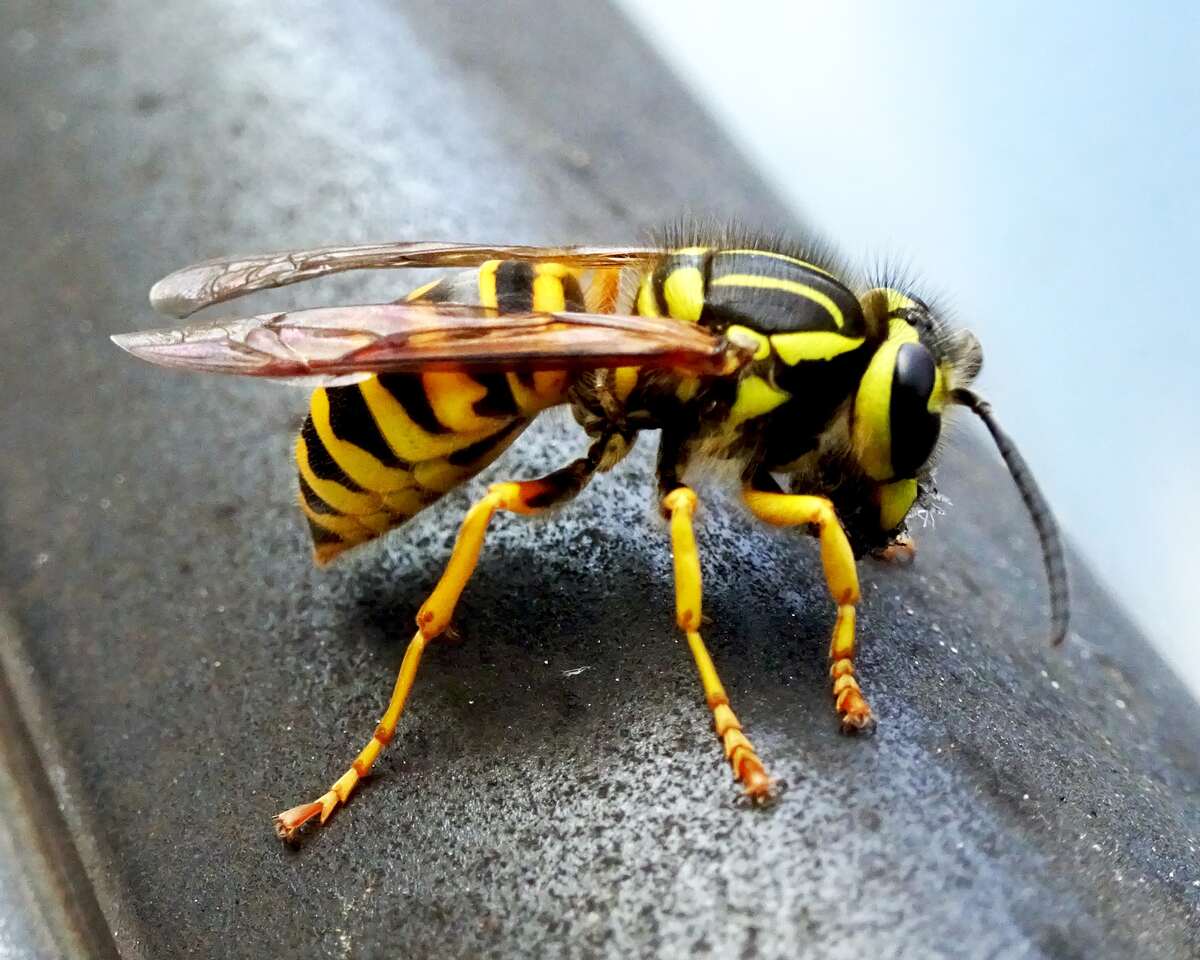
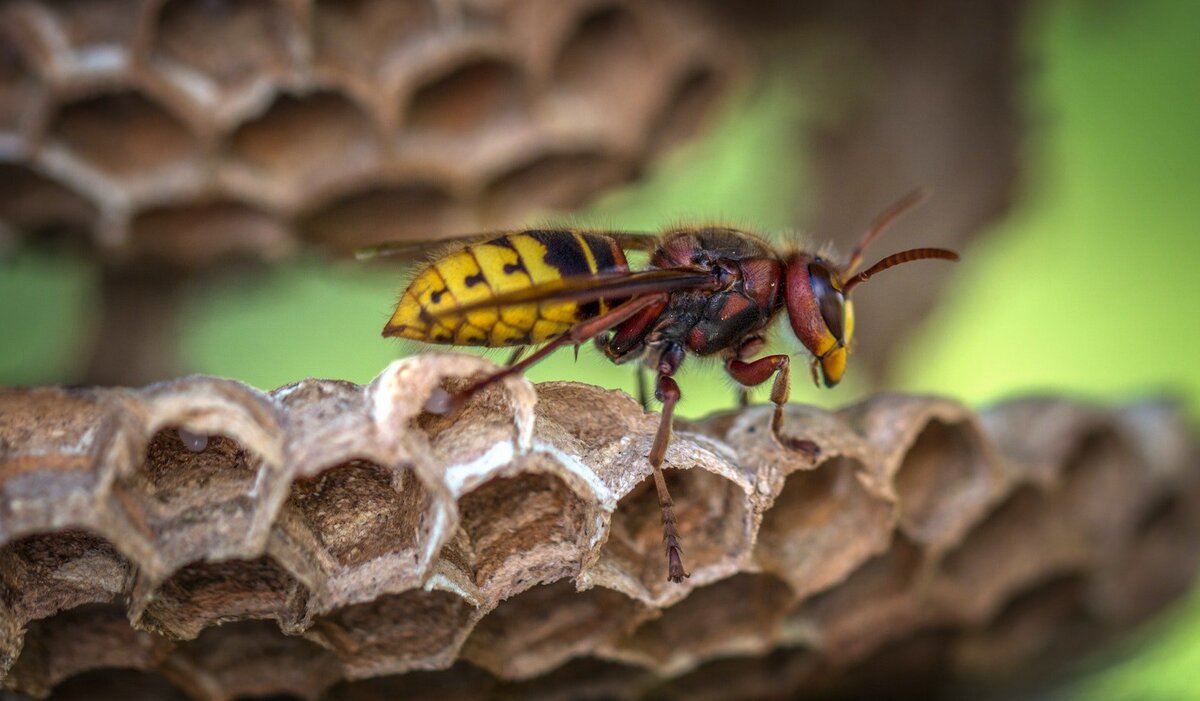
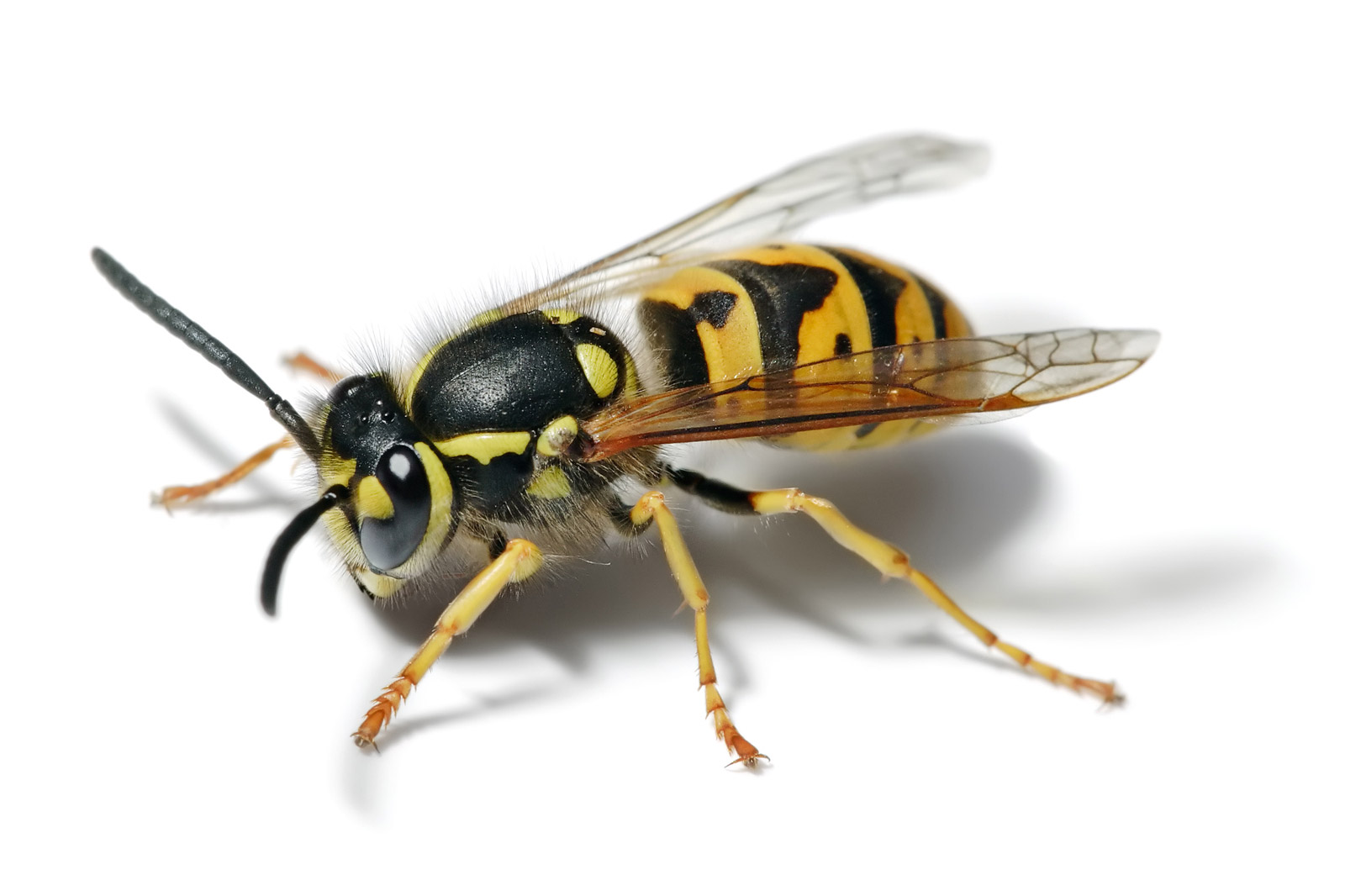
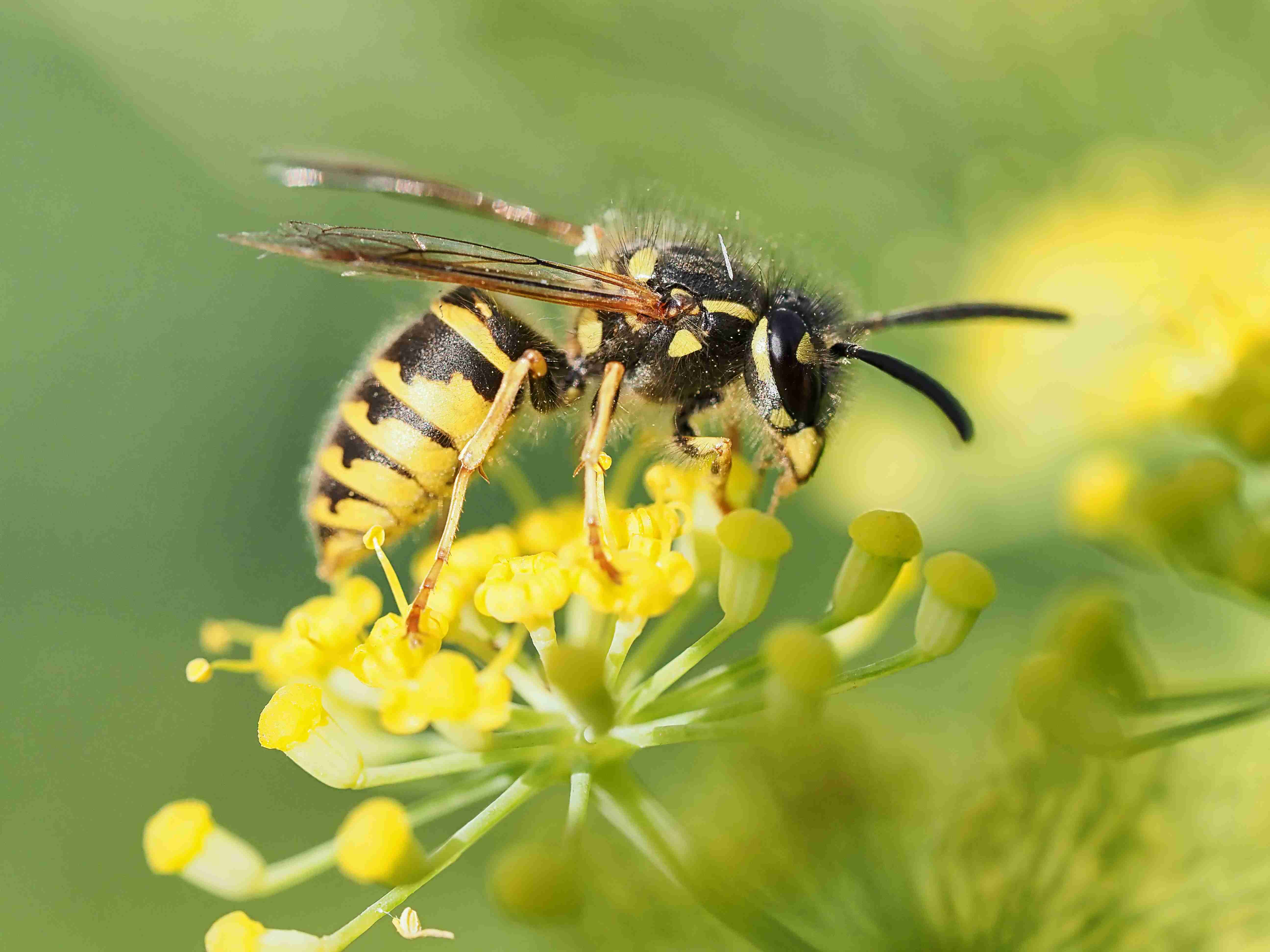
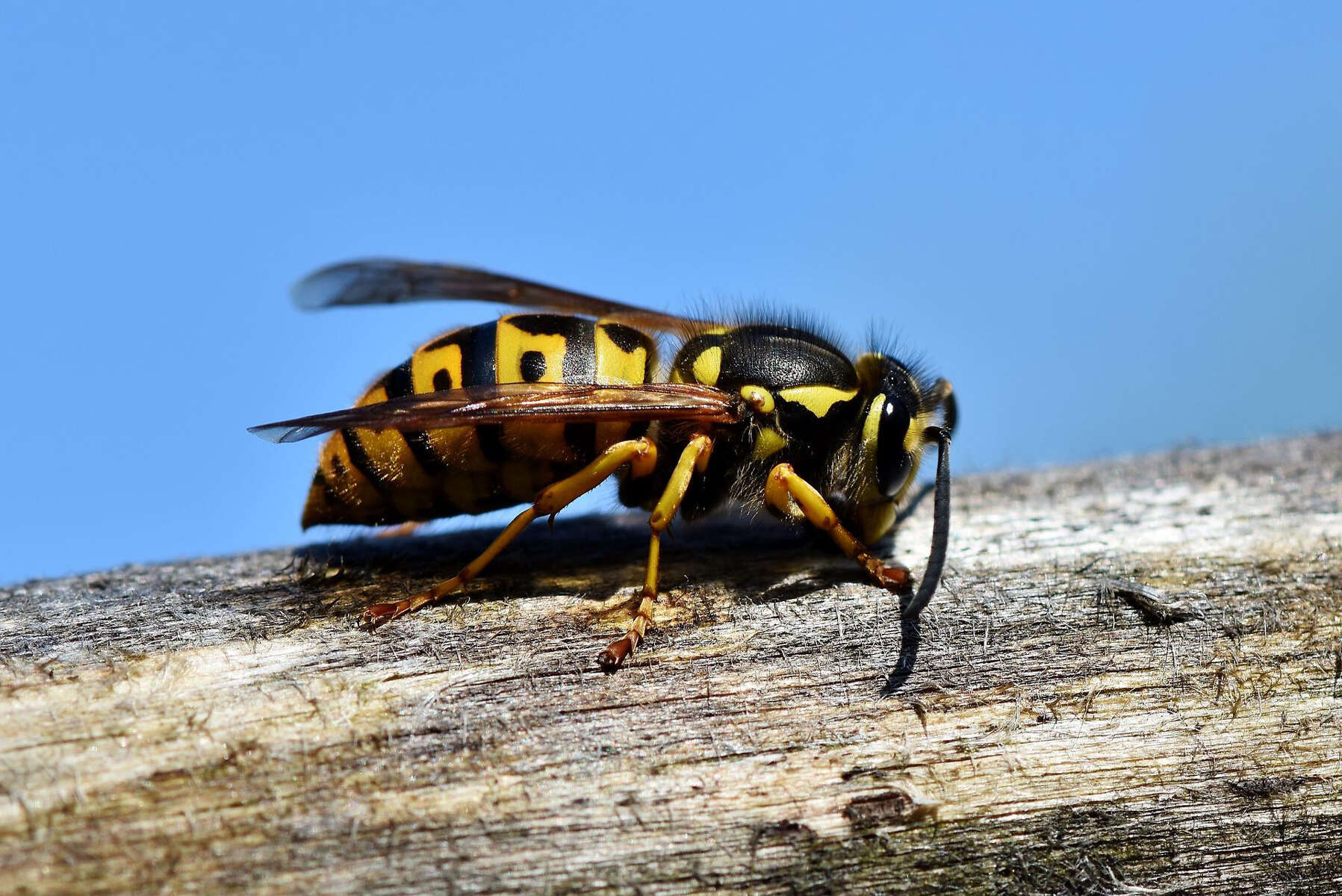
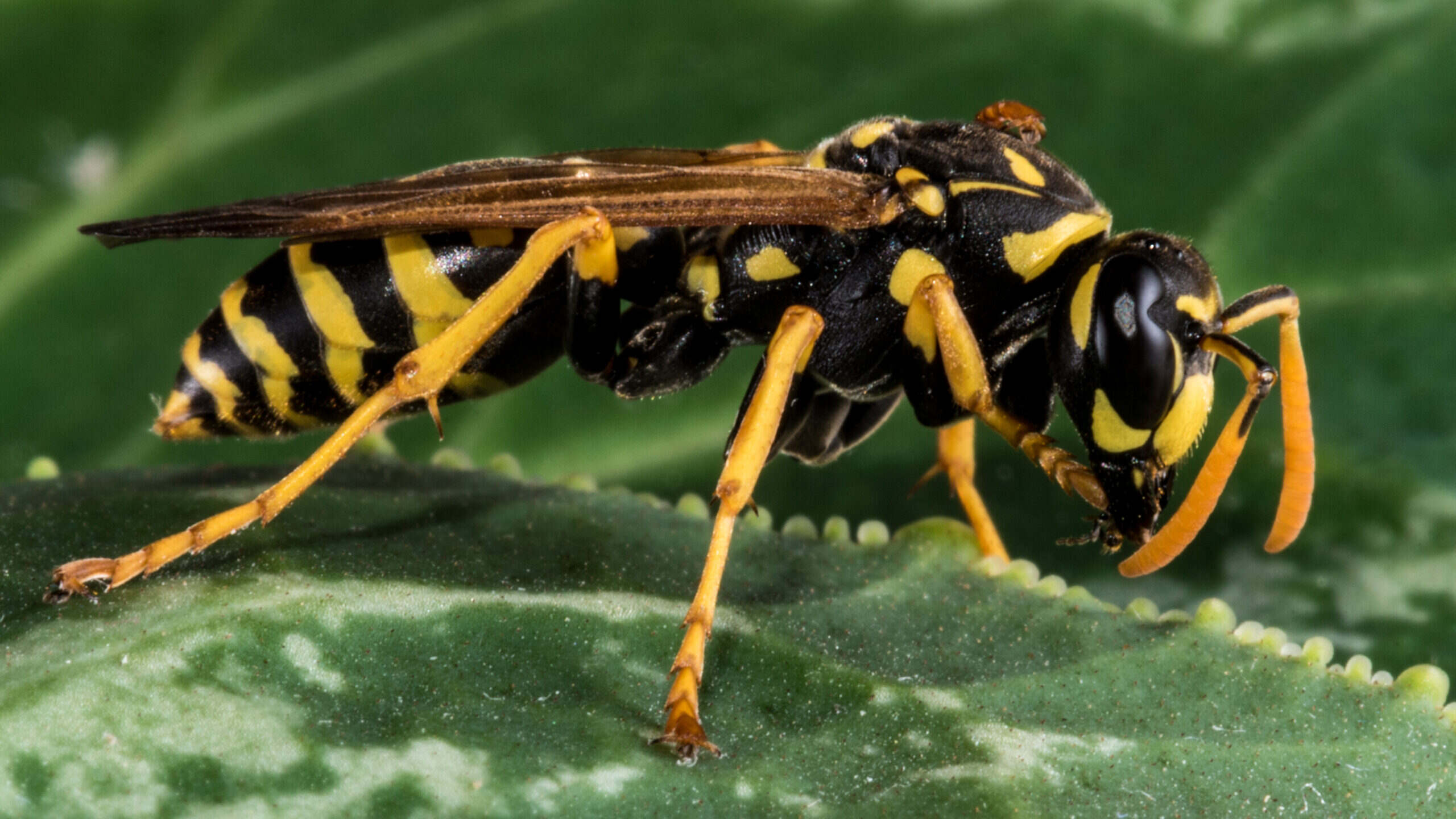
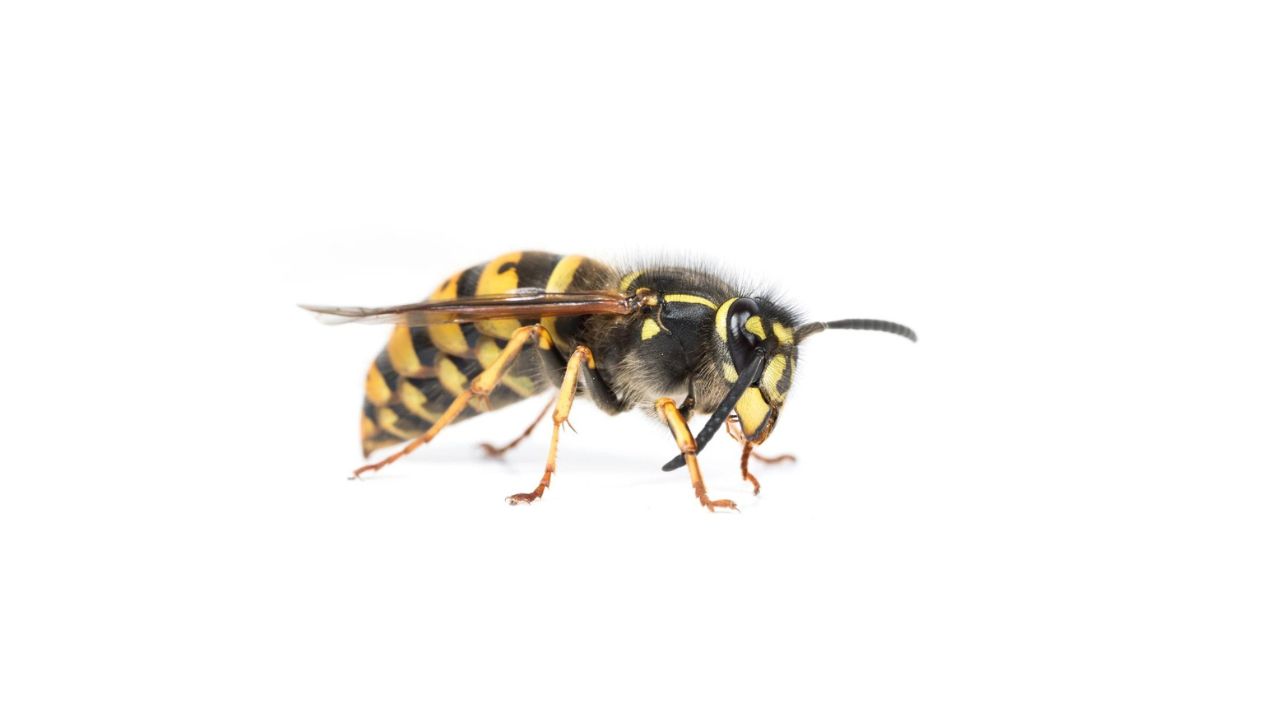

0 thoughts on “What Attracts Yellow Jackets”